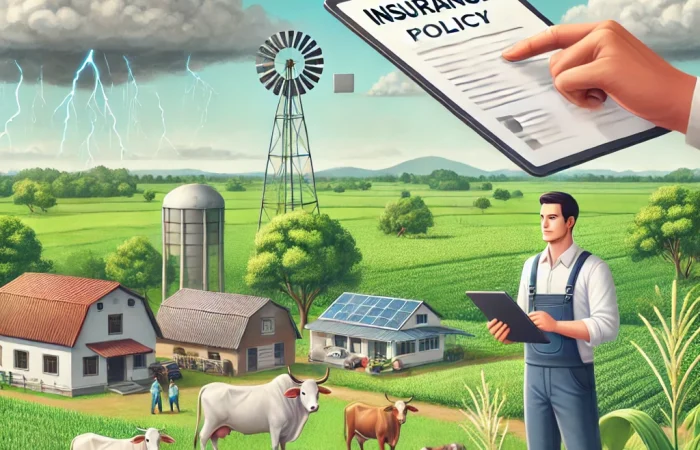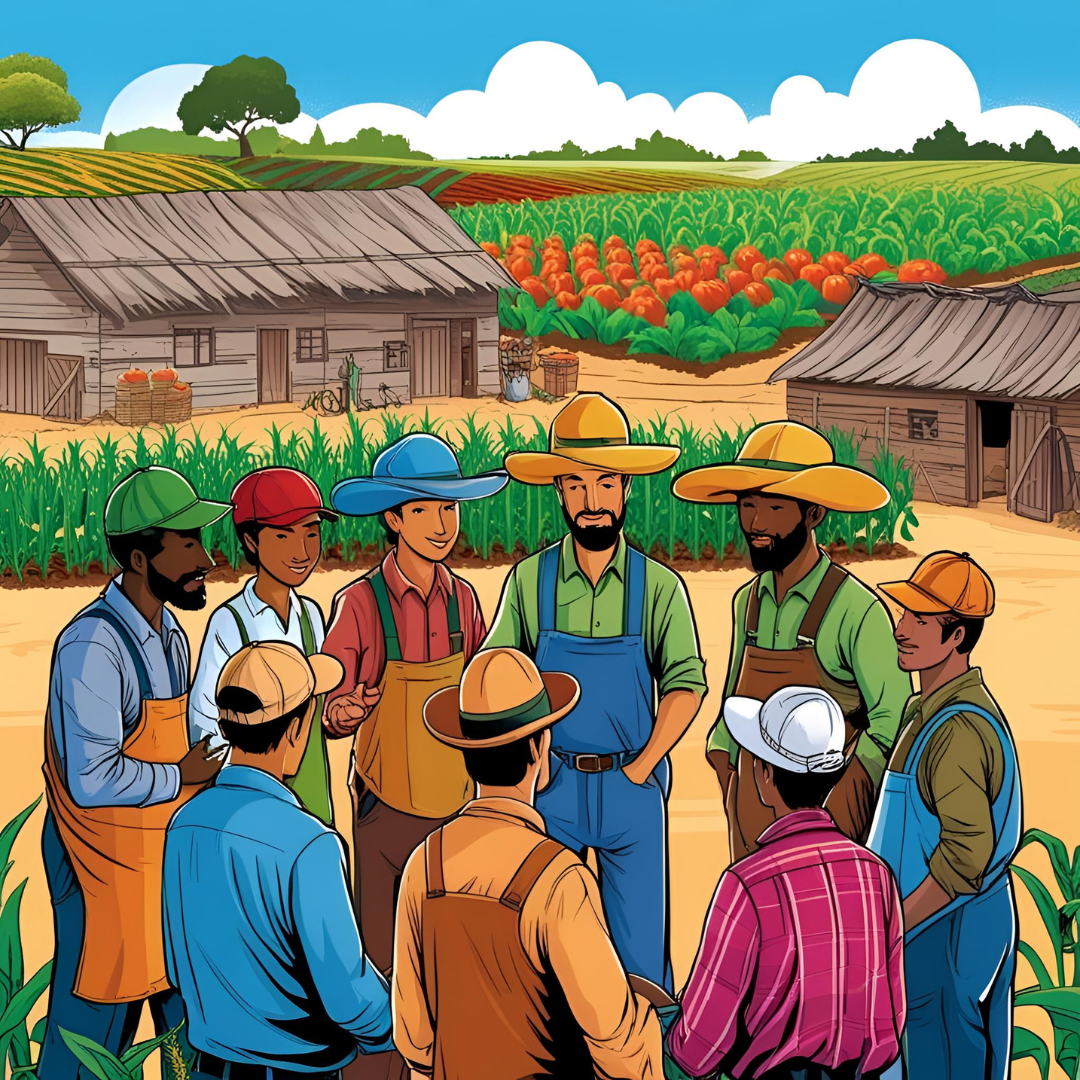
Protecting Rural Livelihoods: Insurance Solutions for Farmers
Agriculture is the backbone of many economies worldwide, providing food security and employment to millions. However, farmers face numerous risks, including unpredictable weather patterns, pests, and market fluctuations, which can threaten their livelihoods. To mitigate these risks, agricultural insurance has emerged as a crucial tool in protecting rural communities and ensuring the sustainability of farming operations.
The Need for Agricultural Insurance
Farmers operate in a highly unpredictable environment where external factors, such as droughts, floods, and pest infestations, can lead to significant financial losses. Traditional coping mechanisms, such as savings or government aid, are often insufficient. Agricultural insurance provides a structured approach to risk management, allowing farmers to recover from losses and continue farming without falling into debt.
Types of Agricultural Insurance
Crop Insurance: Covers losses due to natural disasters, pests, and diseases that affect crop yields.
Livestock Insurance: Protects against the death or illness of farm animals due to diseases or extreme weather conditions.
Weather Index Insurance: Uses climatic data, such as rainfall or temperature, to determine payouts, ensuring faster and more transparent claims.
Income Protection Insurance: Safeguards farmers against price fluctuations in the market, ensuring stable earnings.
Benefits of Insurance for Farmers
Financial Stability: Provides compensation for losses, reducing the financial burden on farmers.
Encourages Investment: With reduced risk, farmers are more likely to invest in better technology, seeds, and equipment.
Supports Rural Development: Ensures continued agricultural production, contributing to economic stability in rural areas.
Reduces Dependency on Government Aid: Encourages self-reliance among farmers rather than dependence on emergency relief programs.
Challenges in Implementing Agricultural Insurance
Despite its benefits, agricultural insurance faces challenges such as high premium costs, lack of awareness, and difficulty in assessing losses. To address these, governments and private insurers are working on solutions like subsidized insurance programs, digital tools for loss assessment, and simplified claim processes.
The Role of Technology in Agricultural Insurance
Modern technology plays a crucial role in enhancing insurance accessibility and efficiency. Satellite imaging, drones, and artificial intelligence help in monitoring crop health, assessing damages, and processing claims more accurately. Mobile apps and digital platforms also make it easier for farmers to register and receive payouts without bureaucratic delays.
Conclusion
Agricultural insurance is a vital tool for protecting rural livelihoods and ensuring the resilience of farming communities. By adopting innovative insurance solutions and leveraging technology, stakeholders can create a more sustainable and secure future for farmers worldwide. Governments, financial institutions, and private insurers must work together to expand access to affordable insurance solutions, enabling farmers to thrive despite uncertainties.





